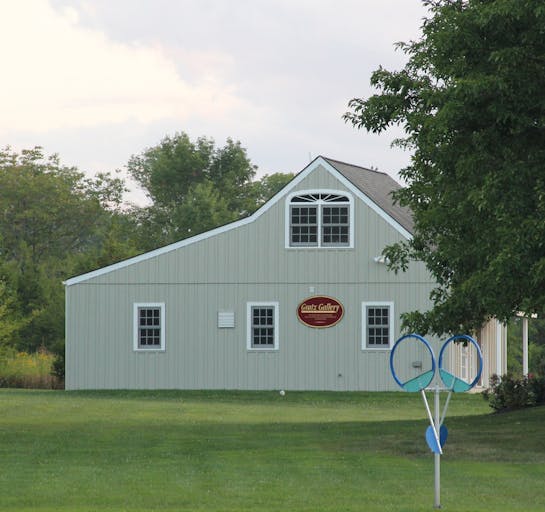Julius Garibaldi (Gari) Melchers
1860 - 1932

Julius Garibaldi (Gari) Melchers
1860 - 1932
Julius Garibaldi (Gari) Melchers was born in Detroit in 1860, five years after his family emigrated from Germany. His father was a sculptor and offered Saturday drawing classes, which Melchers attended as a youngster. At age of 17, Melchers entered the study of art full time at the Dusseldorf Academy where he was trained in the academic tradition. After a few years in Germany, Melchers moved to Paris to study at the Academie Julian before being admitted to the École des Beaux-Arts.(1)
For Melchers, his studies in Paris were instrumental in eliminating the dark, typically German palette from his paintings. Now a "lighter palette and looser quasi-Impressionism was executed," attributed to Manet's influence, yet, he continued to draw solid figures.(2) Completing his scholastic training and after receiving numerous awards, Melchers decided to remain in Europe.
Melchers became a true expatriate when he established a studio shared with a fellow American artist, George Hitchcock, in Egmond aan Zee, Holland. Melchers continued to travel throughout Europe and often returned to the United States, but the people of Holland served as his primary inspiration and subject matter for many years. By 1889, his professional reputation was established firmly at the Paris Universalle Exposition where he received the grand prize for painting, along with John Singer Sargent. This was the first time this honor was bestowed upon American artists. During this time, Melchers remained connected to the United States through many painting commissions, especially for portraits.
In 1909, Melchers settled in Weimar, the cultural center of Germany, presiding over the art academy. However, with the onset of World War I, he was forced to return to the United States and he settled in Falmouth, Virginia. By this time, Melchers' style had been influenced by several movements and began to reveal impressionist tendencies with "a moderate to heavy impasto, coarse brushwork, a light palette, and strong use of colors."(3) In 1916, Melchers was elected to the National Academy of Design, and in 1931, he was made a trustee of the Corcoran Gallery of Art in Washington. He died at Belmont in 1932.
Source: Askart.com
